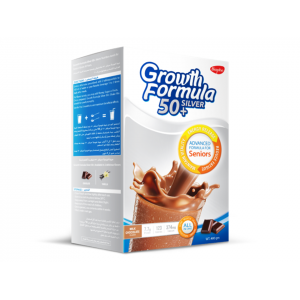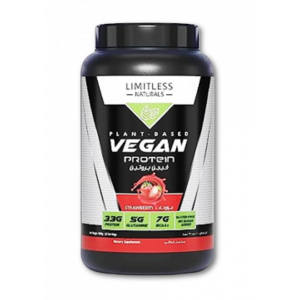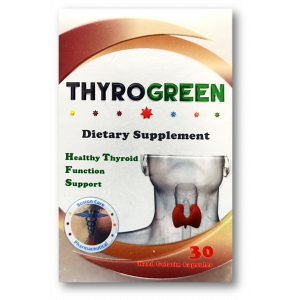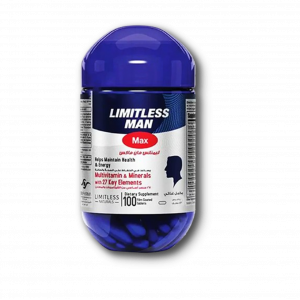- Anti-hestaminic & Respiratory Drugs (20)
- Anti-inflammatory Drugs (192) +-
- Baby & Mom (1319) +-
- Baby & Mom > Bath, skin & Hair > Skin Care > wibes (52)
- Beauty (2981) +-
- Beauty > Skin Care > whitening (295)
- Chemotherapy & Immune Response (882) +-
- Chemotherapy & Immune Response > ANTI-FUNGAL (11)
- Chemotherapy & Immune Response > Chemotherapeutic Agents > Hormone Antagonists >Enzyme Inhibitors (289)
- CIRCULATORY DISTURBANCE AGENTS (24)
- Diet & Fitness Products (280) +-
- DRUG AFFECTING CENTRAL NERVOUS SYSTEM (191)
- HEMATOLOGY (39)
-
Medical Supplies (503)
+-
- Chemicals & Disinfectants (19)
- Dental Supplies (31)
- Devices & Instruments (10)
- Diabetic Supplies (121)
- General Medical Supplies (21)
- I.V & Medical Solution (0)
- Intensive Care Unit & Anesthesia Supplies (0)
- KIDNEY UNIT SUPPLIES (21)
- Lab Supplies (3)
- Miscellaneous (21)
- Neonatal Unit Supplies (0)
- Operation Room Supplies (2)
- Sanitary (5)
- Sterilization Supplies (0)
- Surgical Sutures (4)
- Syringes (3)
-
Medicines & Health (2637)
+-
- Allergy & Sinus (95)
- Children's Health Care (54)
- Cough, Cold & Flu (277)
- Digestive Health & Nausea (225)
- Ear, Nose & Throat Care (179)
- Eye Care (117)
- Feminine Care (325)
- Foot Care (9)
- Orthopaedic Appliances (0)
- Pain Relief & Management (237)
- Pill Organizer (2)
- Skin Treatments (811)
- Sleep & Snoring Aids (2)
- Support & Braces (7)
- Medicines & health > Gout releif (42)
- Natural & Organic Products (81) +-
- OTC > Analgesics > Anti-inflammatory Drugs (44)
-
Personal Care (3244)
+-
- Bath & Body (271)
- Deodorant & Anti-perspirants (186)
- Ear, Nose & Throat Care (175)
- Eye Care (124)
- Feminine Care (374)
- Foot Care (17)
- Hair Care (472)
- Home Tests & Monitorings (14)
- Incontinence (7)
- Lip Care (22)
- Massage & Relaxation (17)
- Natural & Organic Personal Care (7)
- Oral Care (88)
- Pregnancy & Fertility (64)
- Shaving & Grooming (65)
- Sun Care (79)
-
Prescription Drugs (2877)
+-
- Analgesics (181)
- Cardiovascular System (374)
- Drugs Affecting Musculoskeletal System (65)
- Drugs Used In Infections (56)
- Ear & Nose Drugs (2)
- Endocrine System (176)
- Gastrointestinal Tract (242)
- Gastrointestinal Tract > Hepatology > Liver treatment (61)
- GYNECOLOGY (2)
- Miscellaneous (11)
- NEPHROLOGY > URINARY SYSTEM > RENAL DISORDERS > URINARY TRACT DISORDERS (46)
- NEUROLOGY (222)
- Nutrients & Blood Electrolytes (2)
- Respiratory System (154)
- SKIN > NAILS > HAIR > TOPICAL PREPARATIONS (75)
- Vaccines (1)
- Prescription drugs > Cardiovascular system > Anti-hypertension drugs (242)
- Sexual Wellness (301) +-
- Vitamins & Minerals Supplements (1197) +-
Ex Tax: 43EGP
Example
You can return the product within 14 days of purchase.
ReturnsYou can return the product within 14 days of purchase.

VITAMAX MULTIVITAMINS & MINERALS DIETARY SUPPLEMENT 30 CAPSULES
Multivitamins and minerals
Description
Each soft gel capsule contains: Retinol Palmitate (Vit. A) 2500 IU, Thiamine Mononitrate (Vit. B1) 1 mg, Riboflavin (Vit. B2) 1 mg, Pyridoxine HCl (Vit. B6) 1.34 mg, d-Calcium Pantothenate (Vit. B5) 1 mg, Cyanocobalamin (Vit. B12) 1 mcg, Cholecalciferol (Vit. D3) 200 IU, dl-Alpha-Tocopheryl Acetate (Vit. E) 5 mg, Calcium 190 mg, Phosphorus 150 mg, Iron 2.5 mg, Molybdate 0.1 mg, Magnesium 1 mg, Potassium 1 mg, Manganese 0.01 mg, Selenium 70 mcg, Chromium 27 mcg, Zinc 0.15 mg.
Action
- Pharmacology: Multivitamin + Minerals (VITAMAX) is a formulation containing balanced amounts of Vitamins and Minerals.
Multivitamin + Minerals (VITAMAX) provides all the Vitamins needed to meet the increased requirements during stressful conditions resulting from physical and mental exertion, convalescence from prolonged illness and advancing age. "Multivitamin + Minerals (VITAMAX) contains lipotropic factors to improve disorders of fat metabolism and prevent the deposition of fat in blood vessels or liver. Multivitamin + Minerals (VITAMAX) provides all the additional Vitamins and minerals in adequate quantity.
Multivitamin + Minerals (VITAMAX) provides all Vitamins in the right quantities to meet the increased requirements during stressful conditions resulting from physical and mental exertion, convalescence from prolonged illness and advancing age.
- Pharmacokinetics:
- Vitamin A: Vitamin A substances are readily absorbed from the gastrointestinal tract but absorption may be reduced in the presence of fat malabsorption, low protein intake, or impaired liver or pancreatic function. Vitamin A esters are hydrolysed by pancreatic enzymes to retinol, which is then absorbed and re-esterified. Some retinol is stored in the liver. It is released from the liver bound to a specific alfa-globulin (retinol binding protein) in the blood. The retinal not stored in the liver undergoes glucuronide conjugation and subsequent oxidation to retinal and retinoic acid; these and other metabolites are excreted in urine and faeces. Vitamin A does not readily diffuse across the placenta.
- Vitamin B1: Small amount of thiamine are well absorbed from the gastrointestinal tract following oral administration, but the absorption of doses larger than about 5 mg is limited. It is also rapidly absorbed following intramuscular administration. It is widely distributed to most body tissues, and appears in breast milk. Within the cell thiamine is mostly present as the diphosphate. Thiamine is not stored to any appreciable extent in the body and amounts in excess of the body's requirements are excreted in the urine as unchanged thiamine or as metabolites.
- Vitamin B2: Riboflavin is absorbed from the gastrointestinal tract. Although riboflavin is widely distributed to body tissues little is stored in the body.
- Riboflavin is converted in the body to the coenzyme flavine mononucleotide (FMN; ribodavin 5'-phosphate) and then to another coenzyme flavine adenine dinucleotide (Fad). About 60% of FMN and FAD are bound to plasma proteins. Riboflavin is excreted in urine, partly as metabolites. As the dose increases, larger amounts are excreted unchanged. Riboflavine crosses the placenta and is distributed into breast milk.
- Vitamin B6: Pyridoxine, Pyridoxal & Pyridoxamine are ready absorbed from G.I.T following oral administration and are converted to the active form pyridoxal phosphate and pyridoxamine phosphate. They are stored mainly in the liver where there is oxidation to 4 pyridoxic acid and other in active metabolites which are excreted in the urine.
- Calcium Pantothenate: Calcium Pantothenic acid is readily absorbed from the gastrointestinal tract following oral administration. It is widely distributed in the body tissues and appears in breast milk. About 70% of pantothenic acid is excreted unchanged in the urine and about 30% in the faeces.
- Vitamin B12: Cyanocobalamin are extensively bound to specific plasma proteins called transcobalamins. Cobalamins are absorbed from the GIT, but may be irregularly absorbed when given in large therapeutic doses & absorption is impaired in patients with an absence of intensive factor with a malabsorption syndrome or with disease or abnormality of the gut, or after gastrectomy. Cobalamins are stored in the liver, excreted in the bile, undergoes some enterohepatic recycling, part of a dose is excreted in the urine with in first 8 hours.
- dl-Alpha Tocopheryl Acetate (Vit. E): Absorption of Vitamin E from the gastrointestinal tract is dependent on the presence of bile and on normal pancreatic function. The amount of Vitamin E absorbed varies widely between about 20% and 80% and appears to decrease as the dose is increased. It enters the bloodstream via the chylomicrons in the lymph bound to beta lipoproteins. It is widely distributed to all tissues, and stored in adipose tissue. Some Vitamin E is metabolized in the liver to glucuronides of tocopheronic acid and its y-lactone. Some is excreted in the urine, but most of a dose is slowly excreted in the bile. Vitamin E appears in breast milk but is poorly transferred across the placenta.
- Vitamin D3: Vitamin D3 substances are well absorbed from the gastrointestinal tract. The presence of bile is essential for adequate intestinal absorption; absorption may be decreased in patients with decreased fat absorption. Vitamin D3 and its metabolites circulate in the blood bound to a specific alfa-globulin. Vitamin D3 can be stored in adipose and muscle tissue for long periods of time. It is slowly released from such storage sites and from the skin where it is formed in the presence of sunlight or ultraviolet light. Ergocalciferol and cholecalciferol have a slow onset and a long duration of action, calcitriol and its analogue alfacalcidol, however, have a more rapid action and shorter half-lives.
- Cholecalciferol and ergocalciferol and hydroxylated in the liver by the enzyme Vitamin D3 25-hydroxylase to form 25-hydroxycholecalciferol (calcifediol) and 25-hydroxyergocalciferol respectively. These compounds undergo further hydroxylation in the kidneys by the enzyme Vitamin D 1-hydroxylase to form the active metabolites 1, 25-dihydroxyergocalciferol respectively. Further metabolism also occurs in the kidneys, including the formation of the 1, 24, 25-trihydroxy derivatives. Of the synthetic analogues, alfacalcidol is converted rapidly in the liver to calcidol, and dihydrotachysterol is hydroxylated, also in the liver, to its active 25-hydroxydihydrotachyserol.
- Calcium Hydrogen Phosphate: Calcium is absorbed predominantly from the small intestine by active transport and passive diffusion. About one-third of ingested calcium is absorbed although this can vary depending upon dietary factors and the state of the small intestine; also absorption is increased in calcium deficiency and during periods of high physiological requirement such as during childhood or pregnancy and lactation. 1, 25-Dihydroxycholecalciferol (calcitriol), a metabolite of Vitamin D, enhances the active phase of absorption.
- Excess calcium is predominantly excreted renally. Unabsorbed calcium is eliminated in the faeces, together with that secreted in the bile and pancreatic juice. Minor amounts are lost in the sweat, skin, hair, and nails. Calcium crosses the placenta and is distributed into breast milk.
- Ferrous Sulphate: Iron is absorbed chiefly in the duodenum and jejunum, absorption being aided by the acid secretion of the stomach and being more readily affected when the iron is in ferrous state.
- Manganese Sulphate: Absorption of manganese from the gastrointestinal tract is variable, ranging from 3 to 50%. There is some evidence that the amount absorbed decreases as intake increases, suggesting a homoeostatic response. In the circulation, manganese is bound to transmanganin, a beta 1-1 globulin. Manganese is stored in the brain, kidneys, pancreas, and liver. It is excreted in bile, and undergoes enterohepatic circulation.
- Selenious Acid: Selenium compounds are generally readily absorbed from the gastrointestinal tract, Selenium is stored in red blood cells, the liver, spleen, heart, and nails. It is converted in tissues to its metabolically active forms. Selenium is excreted in the urine and to a lesser extent in the faeces.
- Magnesium Sulphate: Approximately one third to one half of magnesium is absorbed from the small intestine following oral administration and even soluble magnesium salts are generally very slowly absorbed. The fraction of magnesium absorbed increases if magnesium intake decreases. In plasma, about 25 to 30% of magnesium is protein bound. Parentally administered magnesium salts are excreted mainly in the urine, and orally administered magnesium salts are eliminated in the urine (absorbed fraction) and the faeces (unabsorbed fraction). Small amounts are distributed into breast milk. Magnesium crosses the placenta.
- Zinc Sulphate: Zinc is incompletely absorbed from the gastrointestinal tract, and absorption is reduced in the presence of some dietary constituents such as phytates. Bioavailability of dietary Zinc varies widely between different sources, but is approximately 20 to 30%. Zinc is distributed throughout the body with the highest concentrations found in muscle, bone, skin and prostatic fluids. It is primarily excreted in the faeces, and regulation of faecal losses is important in Zinc homoeostasis. Small amounts are lost in urine and perspiration.
Indications/ Uses
Use as daily dietary supplement for the prevention and treatment of Vitamins and Minerals deficiency states.
Dosage/ Direction for Use
As a dietary supplement 1 and 2 capsule daily with breakfast or as prescribed by the physician.
Contraindications
Hypersensitivity to any of the previously mentioned Vitamins, Minerals.
Special Precautions
- Safe, if used in the prescribed dosages. Not to be used if known reaction to any of the ingredient is prevalent.
- Use in Pregnancy: If the recommended dosage is followed, there is no objection to taking this preparation during pregnancy. During the first 3 months of pregnancy, however, the patient should refrain from taking any medicine at all, unless prescribed by the doctor.
- Use in Lactation: If the recommended dosage is followed, there is no objection to taking this preparation during lactation.
Use In Pregnancy & Lactation
Use in Pregnancy: If the recommended dosage is followed, there is no objection to taking this preparation during pregnancy. During the first 3 months of pregnancy, however, the patient should refrain from taking any medicine at all, unless prescribed by the doctor.
Use in Lactation: If the recommended dosage is followed, there is no objection to taking this preparation during lactation.
Adverse Reactions
Multivitamin + Minerals (VITAMAX) is reported to be completely safe & no toxic symptoms have been reported so far.
View ADR Monitoring Form
Drug Interactions
No potentially hazardous interactions have been reported.
Storage
Store at temperatures not exceeding 30°C.
MIMS Class
Vitamins &/or Minerals
ATC Classification
A11AA - Multivitamins with minerals ; Used as dietary supplements.
Regulatory Classification
Non-Rx
Presentation/Packing
Softgel cap 30's.
Write a review
Your Name:Your Review: Note: HTML is not translated!
Rating: Bad Good
Enter the code in the box below:





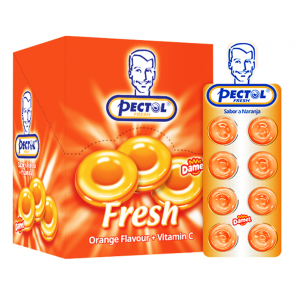


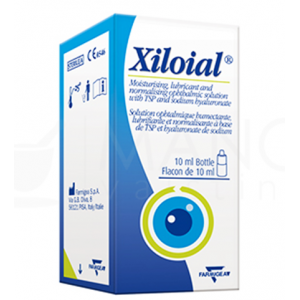








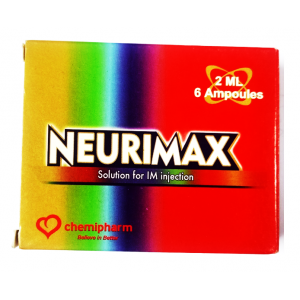









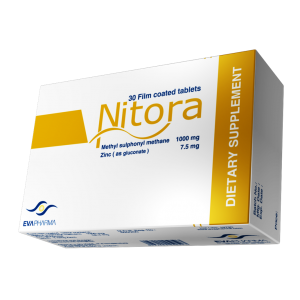
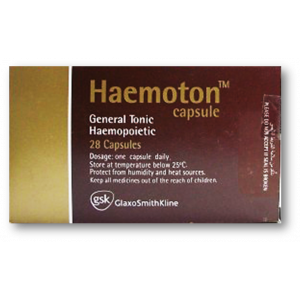














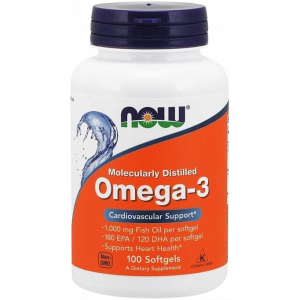







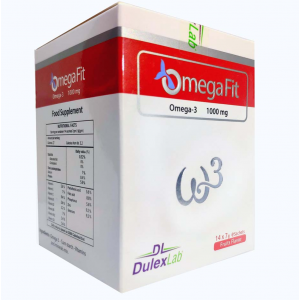




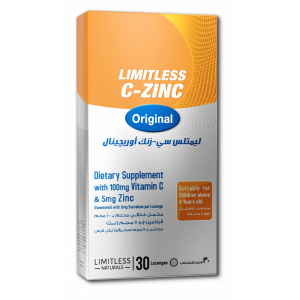


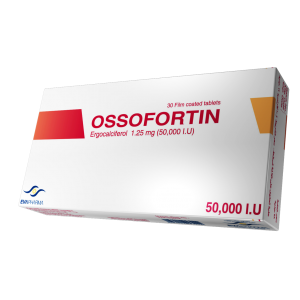
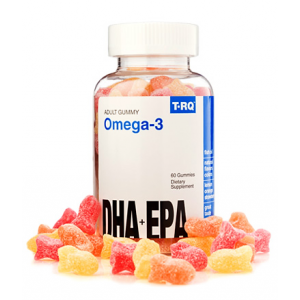













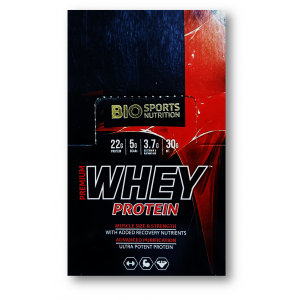


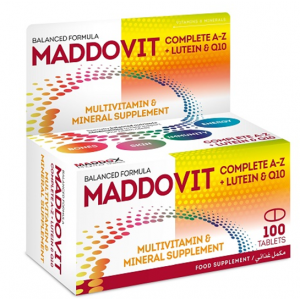


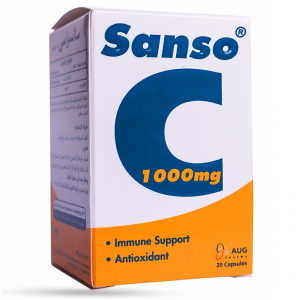

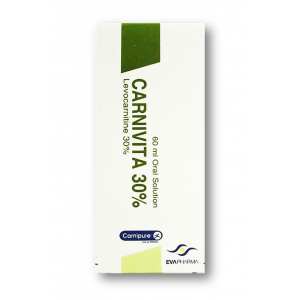
















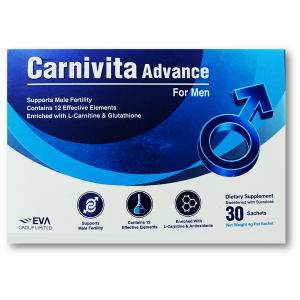






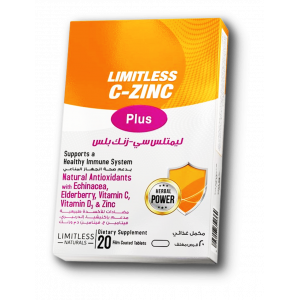



![OCUGUARD LX ANTIOXIDANT FOR EYE HEALTH ( VIT. C 60MG + VIT. E 13.5MG + ZINC 15MG + COPPER 2MG + MARIGOLD FLOWER EXTRACT [ NLT 20% LUTEIN + NLT 4% ZEAXANTHIN ] 6MG ) 30 CAPSULES](http://egyptiandrugstore.com/image/cache/data/MANAR 21/OCUGAURD LX-300x300.png)






